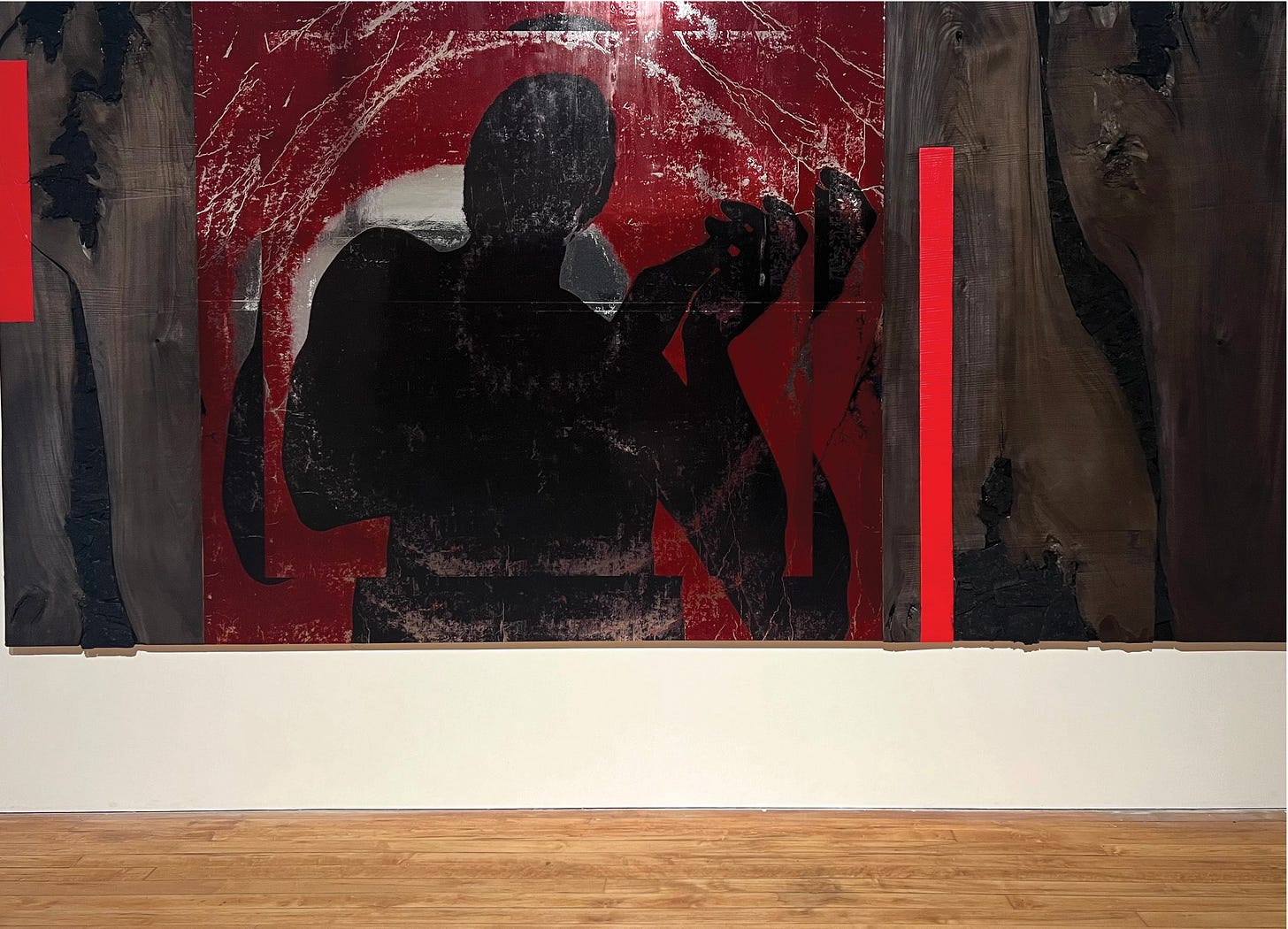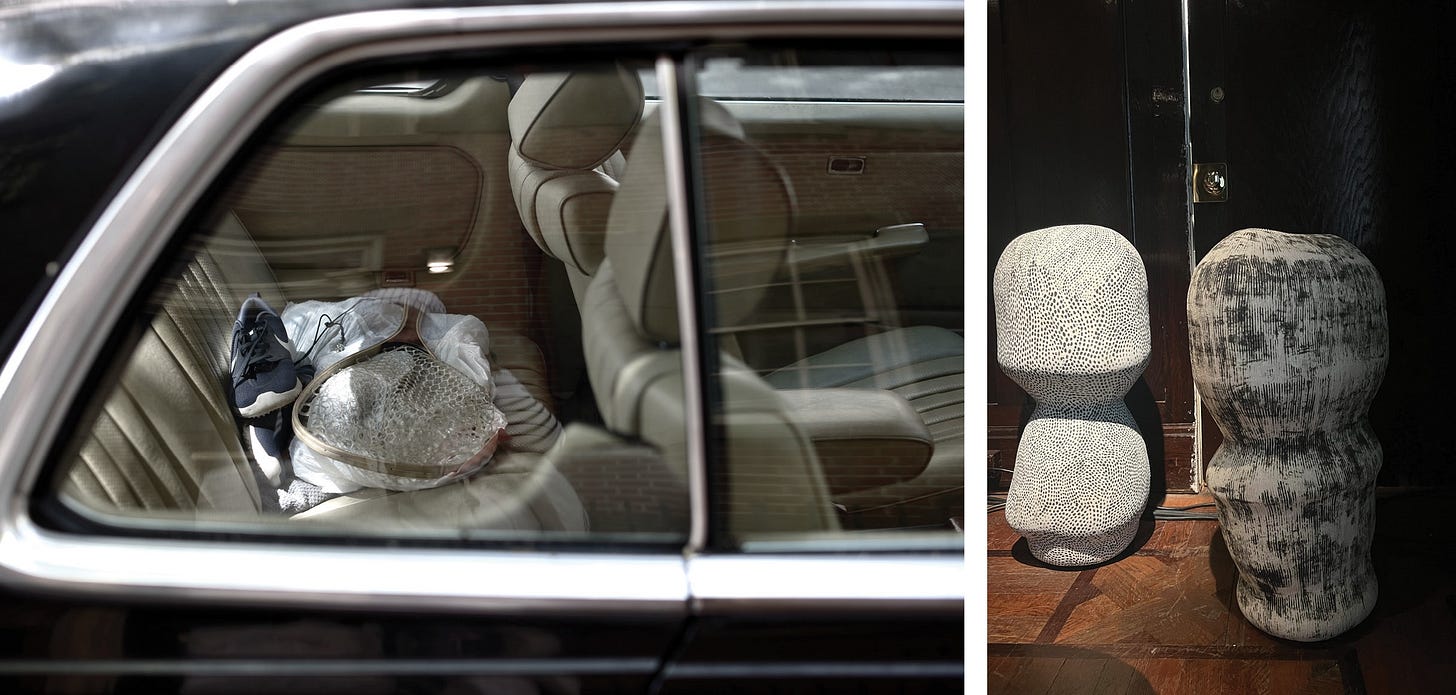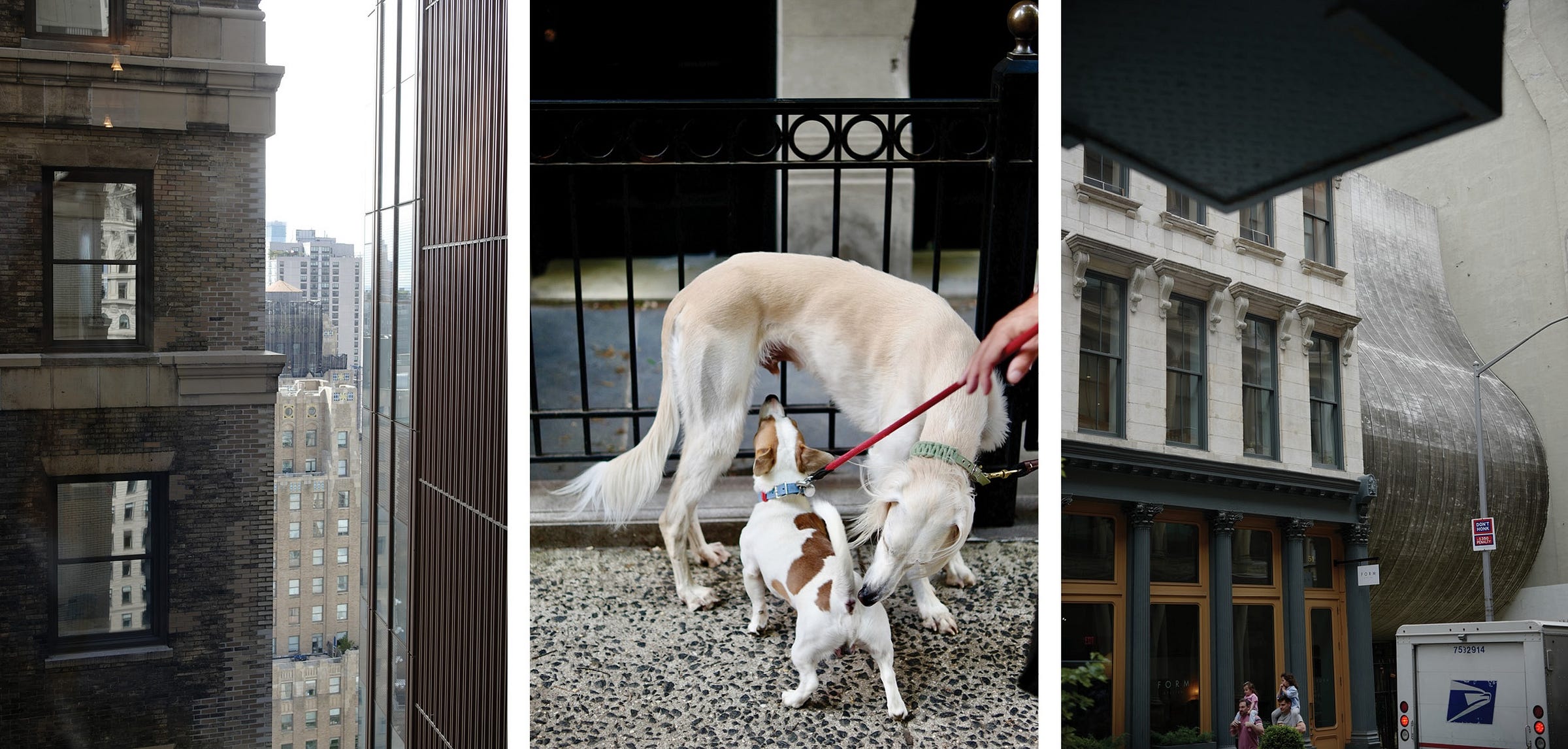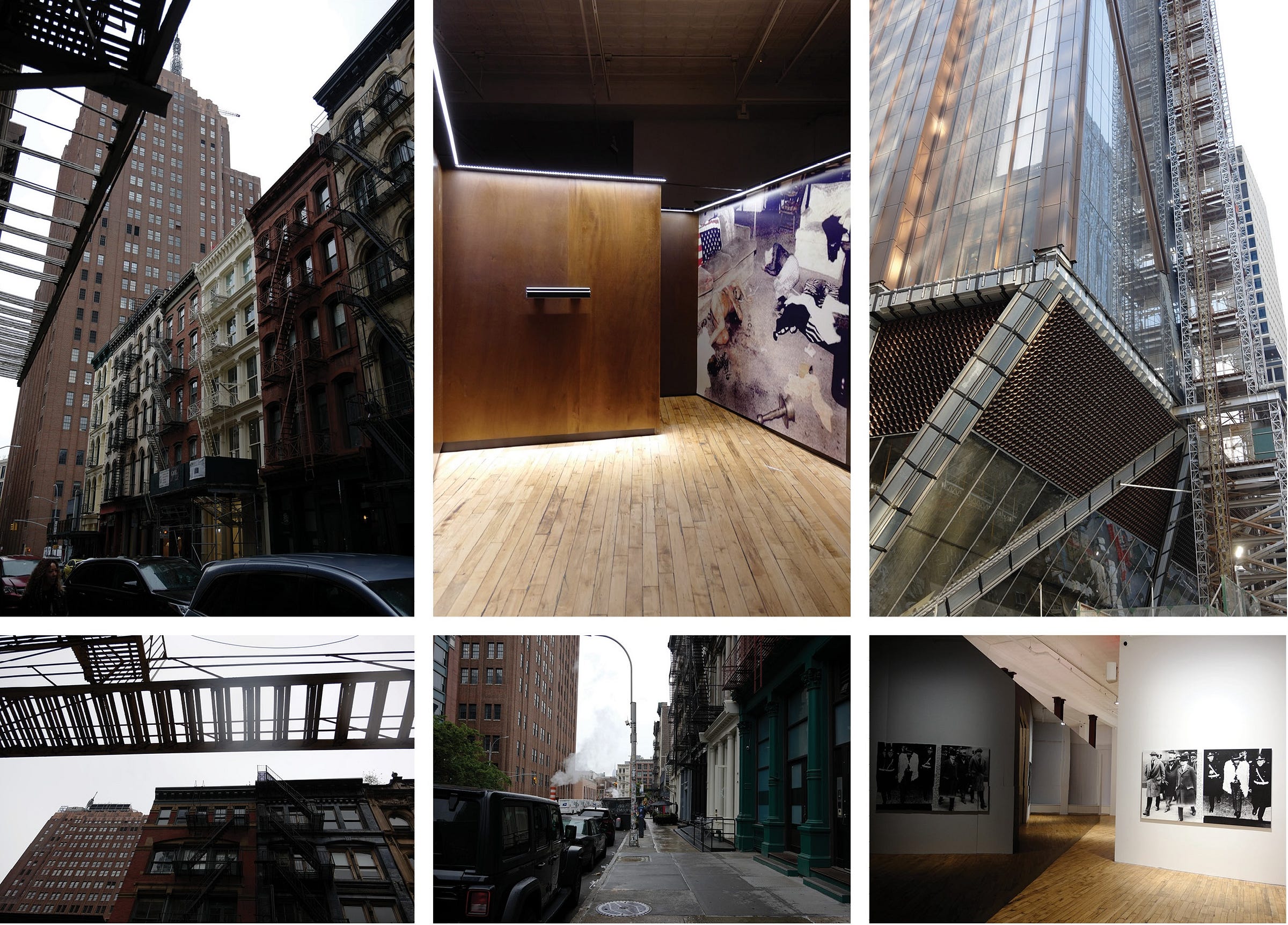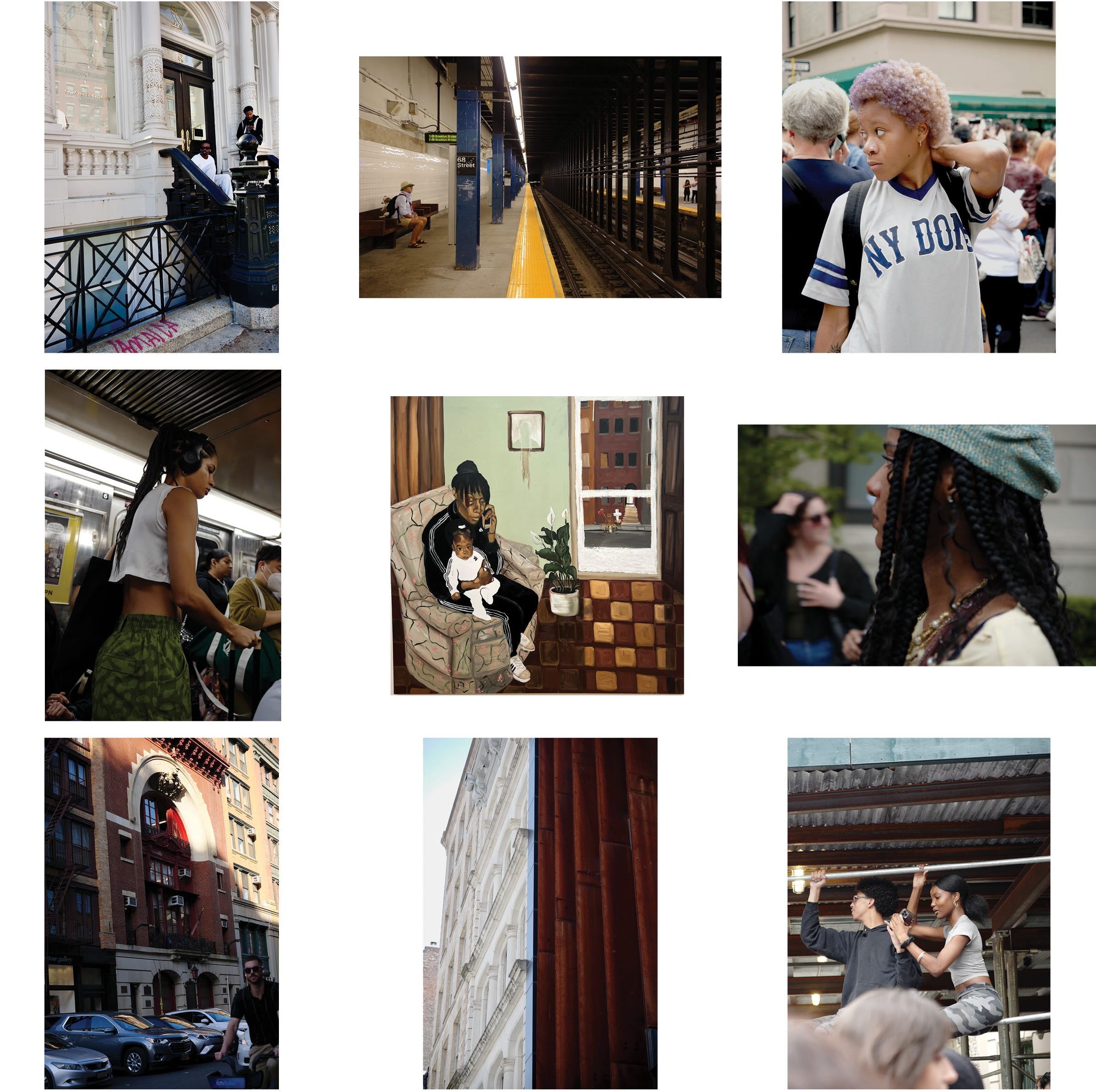Why I am in Awe of Philippe Starck
Or why it Only Takes a Handful to Shock New Yorkers
The one time I set eyes on Philippe Starck, he was fondling the breasts of his girlfriend.
At least that’s what I think. That she was his girlfriend, I mean. I have no doubt that he was fondling her breasts. I'm not that shortsighted. She wasn't exactly flat-chested either. And as far as I could judge from the momentary deafening silence of the New Yorkers at his table, their jaws dropping so low that they nearly knocked over their Bellinis, they seemed to have little doubt about it either.
I think of Starck every time that I am in New York. Weird, because he is a Parisian pur sang. But it is primarily my memories of the Paramount Hotel near Times Square in the nineties that make me think of him.
You never just arrived at the Paramount; you always made a grand entry. Starck was in charge of designing the hotel's renovation. But Ian Schrager turned it into a theater. Guests were going through the acts from the moment the Jil Sander-suited security staff with their spiral corded earpieces welcomed them to the time when they flopped on the beds with Johannes Vermeer's Lace Clipper headboards, designed to make you forget how tiny the rooms were. Every stage of the hotel experience had been carefully scripted against Starck's eclectic decor.
There was no marquee. There were just two double glass doors that were constantly wiped clean and two displays of a dozen single ruby roses that jutted out of the fossil black marble that was coating the walls. The lighting was perfect. A dark hallway hinted at greater intrigue ahead. A permanent jumble of double and triple parked limousines idling on W46th Street and a squad of hotel staff—each of them carefully cast from auditions featuring over 4000 candidates—made everything look confidential and important.
Paramount was exactly how you felt.
But this was just the foreplay. Everything happened in the lobby with its sleek lines and bold tones, its landscape of mismatched furniture against a checkerboard carpet, and its grand staircase with a glass-walled banister and a 2000 square foot white-gold-leaf panel. Lobby socializing—the 1990s real-life voyeuristic equivalent of today's social media—was in with a bang.
The staircase in the lobby of the Paramount was beyond proportion. It was an inherently dramatic object that called for bold passages in front of a crowd. But its tapered form was designed to provide easy access to the bars and restaurants on the mezzanine. Form meets function. And what about the fact that scores of curious debauchees came to the Paramount to see the urinals—industrial stainless steel recipients placed in a floor-to-ceiling mirrored room—for a pee with a peek?
But don't look for it now. The Paramount has been redesigned twice over the last 20 years. It has a marquee again. The lobby is a failed attempt at creative design. The urinals have been removed. Every innovative concept only lasts as long as competitors will require to take its watered-down versions mainstream.
I'm not eulogizing Starck. I'm not even a fan of his furniture or his objects. I feel like most of them are not aging well. But his boats are amazing. And the Aprilia motorcycle is iconic. Both are technically complex pieces of design and engineering. Unorthodox ideas that have culminated in disruptive design.
That's one part of why I am in awe of Philippe Starck.
The other part is for the brash French design superstar at the top of his fame, wallowing occasionally in obnoxious arrogance. For the agent provocateur, who is celebrated by French intellectuals but frowned upon by well-off Americans for defying their conventions and abhorring their morals.
For his je-m'en-foutisme.
It's probably because I'm a bit jealous. Because I lack the spontaneity of turning my thoughts into unfettered but just right words, or hair-trigger reactions. Overthinking is the tedious habit of those who prefer writing over talking or enacting.
It was mercilessly hot and humid in Manhattan that day in August. We were flying back to Brussels later that afternoon. Carlo, the Maître D at Cipriani Downtown, had arranged a table on the terrace nearest to the entrance. A colonial ceiling fan was humming overhead. The bottle of rosé on ice provided more relief than the fan's gentle breeze. In the opposite corner of the terrace, guests were sipping their Bellinis around a large round table. The host had carefully divided the couples. Dressed in their Sunday best, they were engaged in the courteous conversation and the polite smiles that Americans seem to acquire—for a hefty fee—from private schools and ivy-league universities.
Just as I picked up a few words in French, Reinhilde leaned over and said, "I think that that is Philippe Starck." I have long given up questioning her extraordinary ability to recognize faces. But the shocking head of dark hair, as if he had been sound asleep only minutes ago, atop a pair of grayish eyes darting all over the place and very much awake, looked vaguely familiar.
The French are experts at unashamedly expressing their ennui at tables—caused by disappointing food or, even worse, mediocre company. Starck was no exception. His penne al ragù seemed rather more exciting than the company. He looked increasingly bored and restless. His mind had already wandered off. His body would soon follow.

Finishing our bottle of rosé, we saw Starck get up and walk onto the sidewalk to observe the traffic on West Broadway. There was a hint of anxiety in the eyes of the hosts, who were trying their best to keep the conversation going while their guest of honor had disappeared unannounced. Anxiety turned to panic when Starck strolled back to the table, the tiniest of smirks on his lips, stood behind his girlfriend's chair, and slipped his hands underneath her blouse, cupping her breasts. He looked everyone around the table in the eye, taking his time and making sure they noticed.
"Tactile design heightens the senses," he must have thought, and he felt relieved that he never suffered from sweaty palms. Because it's all about the grip.
https://www.aestheticnomads.com/
Contributors:
Hans Pauwels, words - Reinhilde Gielen, photographs.
Featured artists:
Arthur Jafa, Jerrell Gibbs, Chantal Joffe, Casi Namoda, Mark Rothko.
Locations:
52 Walker, Felix Las Hortensias, Albanese Meat and Poultry, Lovely Day Restaurant, Perrotin Gallery

